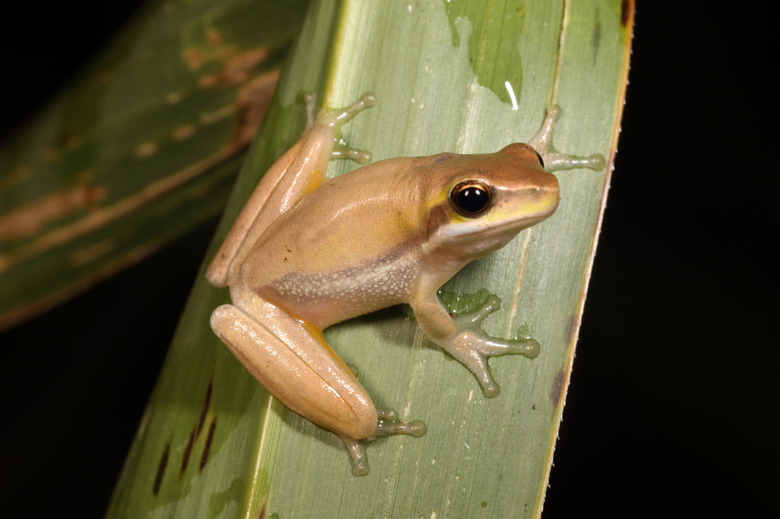How To Care For African Dwarf Frogs
African dwarf frogs are an aquatic species of frog. They are easy to care for as long as you maintain proper conditions in the aquarium. Be sure to feed them a quality diet of pellets or brine shrimp and worms. With proper care, the expected African dwarf frog life span is approximately five to eight years.
African dwarf frog habitat
African dwarf frog habitat
A proper habitat is key to the health and survival of your frog. The African dwarf frog tank size depends on the number of frogs you have and is large enough to accommodate any other aquarium creatures you keep in the tank. Plan on 2 gallons of water per frog but keep in mind that more space will be needed if you also keep other species. The African dwarf frog temperament is a peaceful and social frog. They do not do well with aggressive tank mates. Bettas or community tetras can make good companions for your frogs.
Be sure to select a substrate that is large enough that your frog will not eat it. Add plenty of plant life to the aquarium to enhance the habitat. You can also position a couple of larger rocks that are near the surface where the frogs can rest and sleep.
Do African dwarf frogs need land? They do not need land since they are an aquatic species who live in the water. However, they don't have gills and cannot breathe under water, which means they need to be able to reach the water's surface in the tank.
African dwarf frog water parameters
African dwarf frog water parameters
Fill the tank with filtered fresh water that is no more than 12 inches deep. Despite being aquatic frogs, they are poor swimmers and may not be able to reach the surface to breathe if the water is any deeper. The desired African dwarf frog water temperature is between 78 and 82 degrees Fahrenheit. Temperatures below 70 degrees and above 85 degrees can be harmful or even fatal to your frog. Keep the pH level between 6.5 and 7.8.
Make sure the tank has a water filter to keep it clean. You will also need to clean the tank and replace 10 to 20 percent of the water each week.
African dwarf frog food
African dwarf frog food
This species of frog is carnivorous, and they consume small animals that they don't need to chew since they don't have teeth. They eat at the bottom of the tank and won't consume food floating on the surface. They may eat small fish in the tank, so keep this in mind when selecting tank mates.
Feed your frog once per day or once every other day. If they don't finish their meal, remove the food from the tank after 30 minutes. This prevents overfeeding and helps to keep the tank clean.
Feed your African dwarf frog frozen foods, such as bloodworms and brine shrimp, or live foods, such as blackworms. You can also chop up things like prawns and krill. These frogs will also thrive on a commercial pellet diet but make sure the pellets you select will sink to the bottom.
African dwarf frog health considerations
African dwarf frog health considerations
African dwarf frogs are nocturnal animals, so it is not unusual for them to be inactive during the day. However, if you notice that your frog isn't eating, has lost weight, is bloated or swollen, has pink patches on the legs, has white patches on the body, or seems to spend much time floating at the top of the tank, it may be time for a trip to the vet.
One of the common illnesses that affects these frogs is called dropsy. Dropsy refers to edema and is characterized by bloating. Unfortunately, the cause of the condition is unknown. Your vet may attempt to treat the condition by draining the swelling or by recommending the addition of salt to the water in the tank to help relieve the swelling.
